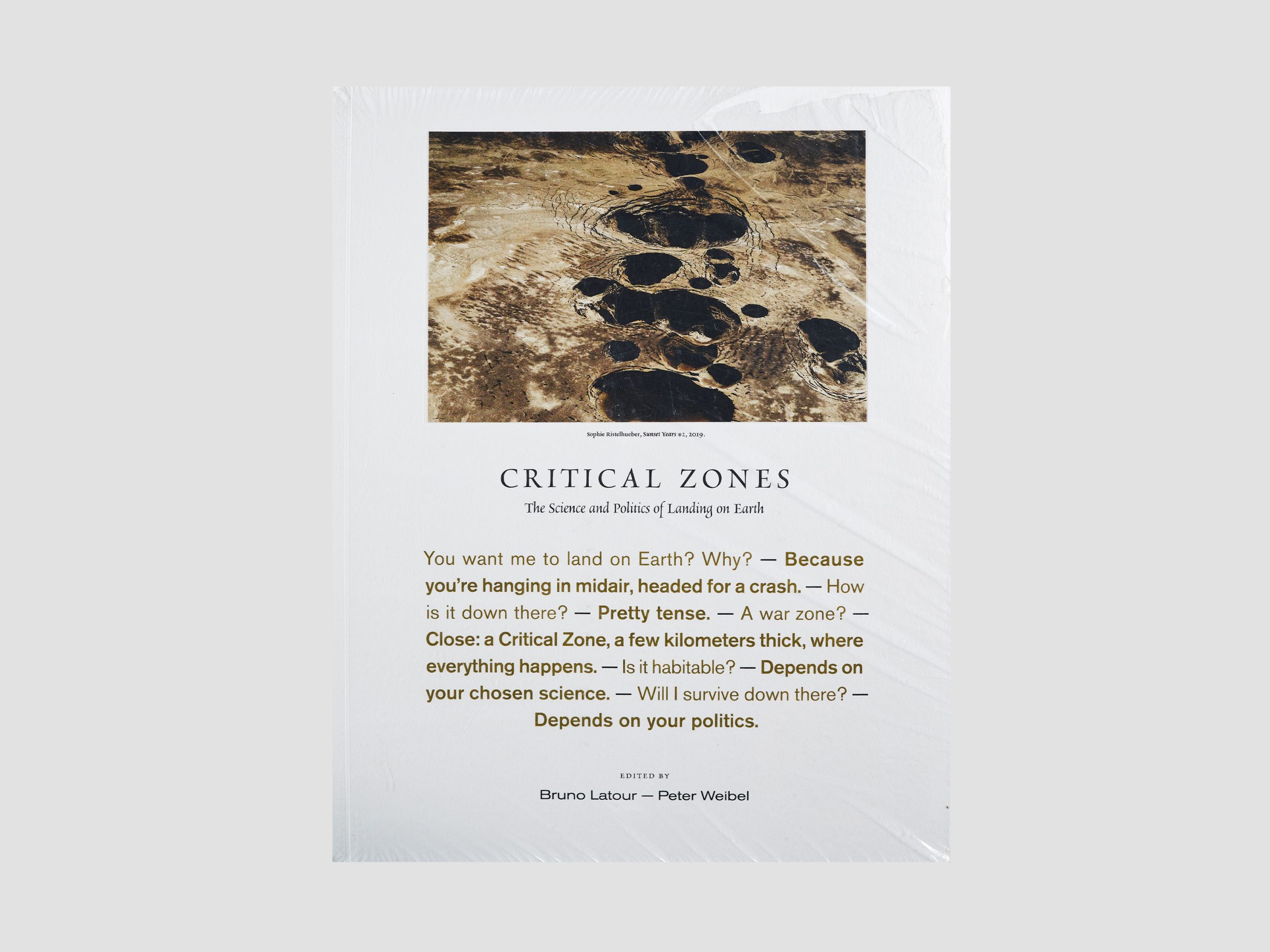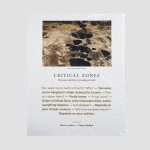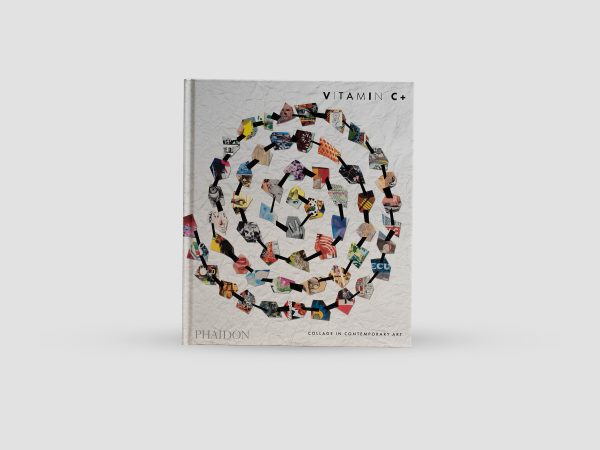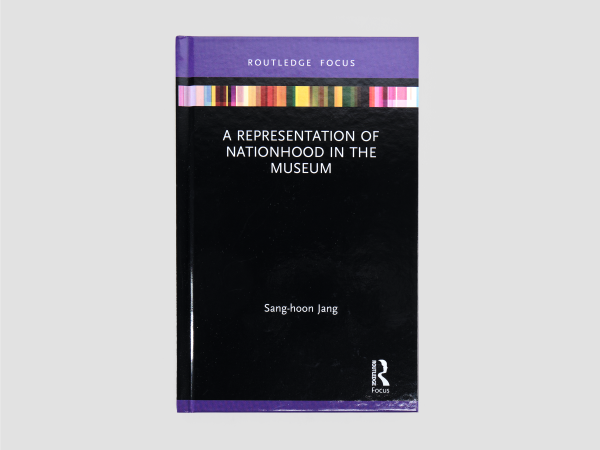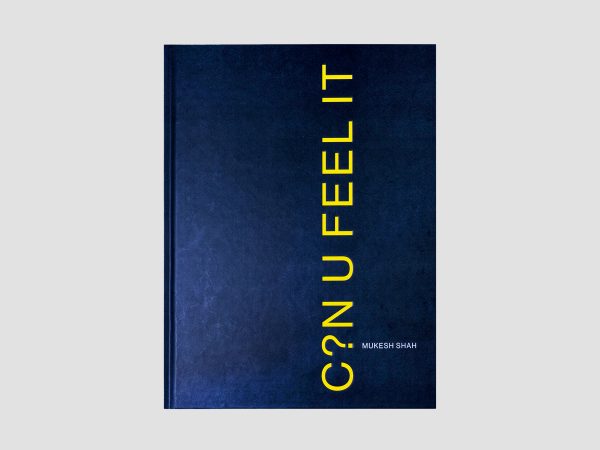This volume traces the disorientation to the disconnection between two different definitions of the land on which modern humans live: the sovereign nation from which they derive their rights, and another one, hidden, from which they gain their wealth—the land they live on, and the land they live from. Charting the land they will inhabit, they find not a globe, not the iconic “blue marble,” but a series of critical zones—patchy, heterogeneous, discontinuous.
With short texts, longer essays, and more than 500 illustrations, the contributors explore the new landscape on which it may be possible for humans to land—what it means to be “on Earth,” whether the critical zone, the Gaia, or the terrestrial. They consider geopolitical conflicts and tools redesigned for the new “geopolitics of life forms.” The “thought exhibition” described in this book opens a fictional space to explore the new climate regime; the rest of the story is unknown.
Contributors include: Dipesh Chakrabarty, Pierre Charbonnier, Emanuele Coccia, Vinciane Despret, Jerôme Gaillarde, Donna Haraway, Joseph Leo Koerner, Timothy Lenton, Richard Powers, Simon Schaffer, Isabelle Stengers, Bronislaw Szerszynski, Jan A. Zalasiewicz, Siegfried Zielinski
About the Author
Bruno Latour, a philosopher and anthropologist, is the author of We Have Never Been Modern, An Inquiry into Modes of Existence, Facing Gaia, Down to Earth, and many other books. He coedited (with Peter Weibel) the previous ZKM volumes Making Things Public, ICONOCLASH, and Reset Modernity! (all published by the MIT Press). Peter Weibel is Chairman and CEO of the ZKM Center for Art and Media Karlsruhe. With Bruno Latour, he coedited ICONOCLASH and Making Things Public as well as other ZKM volumes, including, most recently, Sound Art and Global Activism (all published by the MIT Press).
About the Publisher
Established in 1962, the MIT Press is one of the largest and most distinguished university presses in the world and a leading publisher of books and journals at the intersection of science, technology, art, social science, and design.
